To maintain your running shoes, clean them regularly with mild soap and water, avoiding the washing machine. Air-dry them naturally, away from direct heat. Rotate between pairs to extend their lifespan. Inspect the soles and uppers for wear, and replace them if they lose cushioning or support. Store them in a cool, dry place to prevent deterioration.
Taking care of your running shoes does more than keep them looking good—it also boosts their lifespan and performance.
Running shoes are built to withstand regular use, but they still need some TLC to stay at their best.
The right maintenance can make a world of difference in how long they last and how well they support your runs.
Let’s break down the essential practices every runner should adopt to maintain their kicks.
Knowing how to care for your shoes, from regular cleaning to proper storage, can save you money and injury.
We’ll cover the why and how of each step in detail, ensuring you get the most out of every mile.
Regular Cleaning: Keeping Your Shoes Fresh and Functional
Regular cleaning might sound like a chore, but it’s key to keeping your running shoes in top shape.
Dirt and grime can break down the materials your shoes are made from, reducing their lifespan and deteriorating their performance. Plus, clean shoes just look and feel better.
Start by removing the laces and insoles. These pieces can trap a lot of dirt and sweat, so they deserve their own attention.
Wash the laces in warm, soapy water, and let the insoles air out. If the insoles need a deeper clean, gently scrub them with a soft brush and mild detergent.
Use a soft brush to scrub away dirt and mud for uppers and soles. A mixture of warm water and mild soap works wonders.
Be gentle, especially with mesh or fabric materials. Avoid submerging your shoes in water, as it can damage the adhesives and materials.
If you encounter stubborn stains, a bit of baking soda can do the trick.
After cleaning, rinse your shoes with clean water to remove any soap residue. But remember, don’t drench them. A damp cloth can help wipe away leftover suds.
Regular cleaning doesn’t have to be a hassle. With a little routine care, your running shoes will stay fresh, perform better, and support you on every run.

Air Drying: Proper Techniques to Preserve Shoe Integrity
It is crucial to air dry your running shoes the right way.
Tossing them in the dryer sounds convenient, but high heat can warp the shape and weaken the materials, drastically shortening their lifespan.
Start by stuffing your shoes with newspaper or paper towels.
This helps them retain their shape and absorb excess moisture. Replace the stuffing every few hours until the shoes are completely dry.
Find a well-ventilated spot out of direct sunlight to let your shoes dry.
Direct sunlight can cause colors to fade and materials to become brittle. Aim for a spot with good airflow to speed up the drying process without causing heat damage.
If you’re short on time, a fan can help.
Place your shoes in front of a fan to improve air circulation and dry them out faster.
Remember, patience is key. It might take a day or two, but rushing the process can do more harm than good.
Avoid shortcuts like using a radiator, heater, or hairdryer.
These can cause the glue to melt and the fabrics to deteriorate.
Air drying might take a bit longer, but it ensures that your shoes stay in the best shape possible.
Inspect for Wear and Tear: Identifying Signs of Damage
Checking your running shoes for wear and tear isn’t just about looks—it’s vital for your safety and performance.
Worn-out shoes can lead to injuries, so regular inspections are a must.
Start by examining the outsoles. Your shoes’ bottoms hit the pavement with every step.
Look for spots that are wearing down unevenly or showing smooth patches where the tread used to be.
Significant wear here can affect your grip and stability.
Next, take a close look at the midsole. This is your shoe’s cushioning layer.
Press down on it; if it feels too soft or compressed, it’s losing its shock-absorbing capability.
This can lead to discomfort or injuries over time.
Remember the uppers. Check for rips, tears, or stretched-out areas, especially around the toe box and sides.
These can compromise the fit and support of your shoes, making runs less comfortable and more injury-prone.
Inspect the insoles as well.
Over time, they can become flat and lose their cushioning properties. It might be time for a replacement if you see excessive wear or feel less cushioning.
Regular inspection helps you catch problems early and decide whether it’s time for a new pair. Staying on top of wear and tear keeps your runs safe and enjoyable.
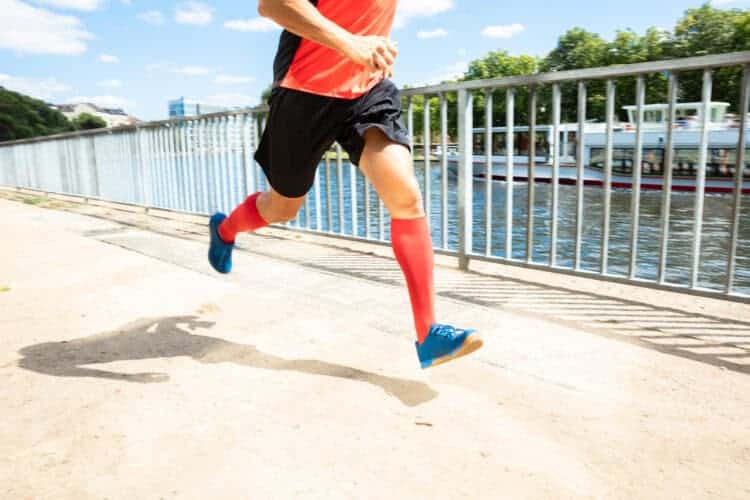
Rotation and Storage: Maximizing Longevity and Performance
Rotating between multiple pairs of running shoes can seem like an extravagance, but it’s a savvy move for serious runners.
Each pair needs time to decompress and recover after runs, and rotating helps them last longer and perform better.
Start by investing in at least two pairs, if possible.
Alternately wear them to give each pair a rest between runs.
This practice helps maintain your shoes’ cushioning and structural integrity, leading to a smoother, more comfortable run.
Proper storage also plays a big role in shoe maintenance.
Avoid leaving your shoes in places with extreme temperatures, like the trunk of a car or next to a heater. These conditions can cause materials to warp and deteriorate.
Find a cool, dry place to store your shoes. Allow them to air out after each run to prevent odor and bacteria buildup.
Using shoe racks or shelves helps maintain their shape and keeps them in good condition.
Creating a routine for shoe rotation and storage might take a bit of effort initially, but the benefits are worth it.
Properly managed, your shoes will support you better and last longer, making every mile more enjoyable.
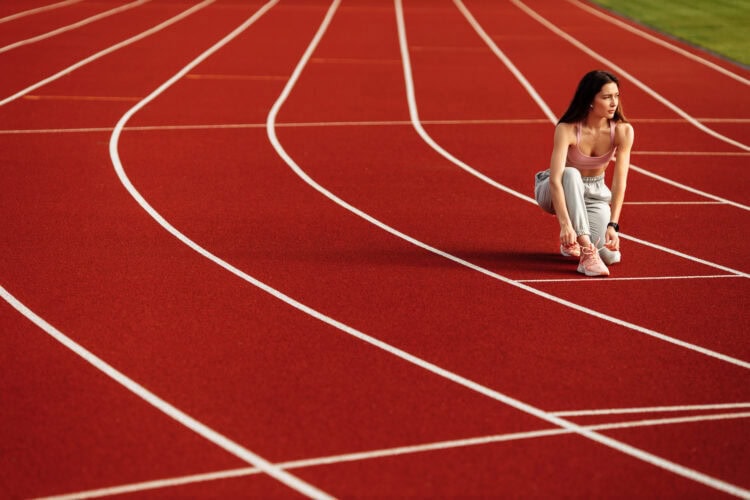
People also ask:
Can I put my running shoes in the washing machine?
Yes, you can put your running shoes in the washing machine, but it’s important to do it carefully. Remove the insoles and laces, place the shoes in a mesh laundry bag, and use a gentle cycle with cold water. Avoid using harsh detergents or bleach. Never put your shoes in the dryer—air dry them instead by stuffing them with paper towels or newspaper to help maintain their shape..
How can I prevent my running shoes from smelling bad?
To prevent your running shoes from smelling bad, make sure to air them out after every run by removing the insoles and letting them dry completely. Use moisture-absorbing inserts or sprinkle baking soda inside to keep odors at bay. Washing your shoes periodically with a mild detergent can also help, but always air dry them—never use a dryer. Keeping your feet clean and dry, and wearing moisture-wicking socks, can also make a big difference in preventing odors.
How can I tell if my running shoes are worn out?
You can tell if your running shoes are worn out by checking a few key signs. Look at the soles—if the tread is worn down, it’s a clear indicator. Also, pay attention to how they feel during a run. If you notice less cushioning, increased discomfort, or if your feet and joints start to ache, it’s likely time for a new pair. Additionally, any visible tears or damage to the uppers suggest it’s time to replace them.

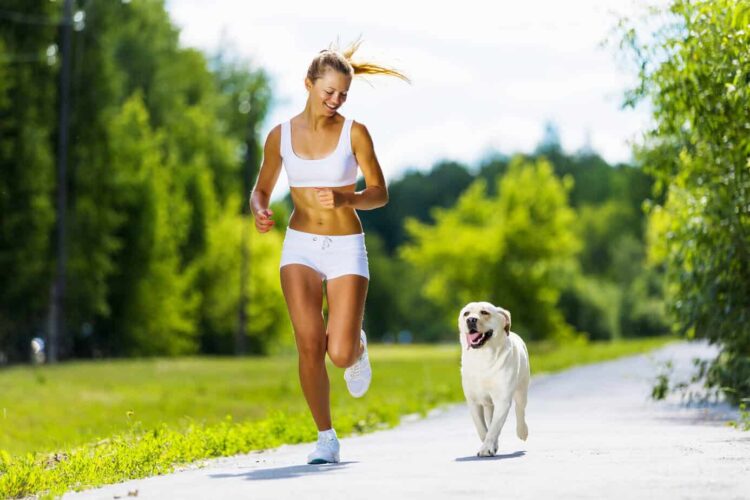

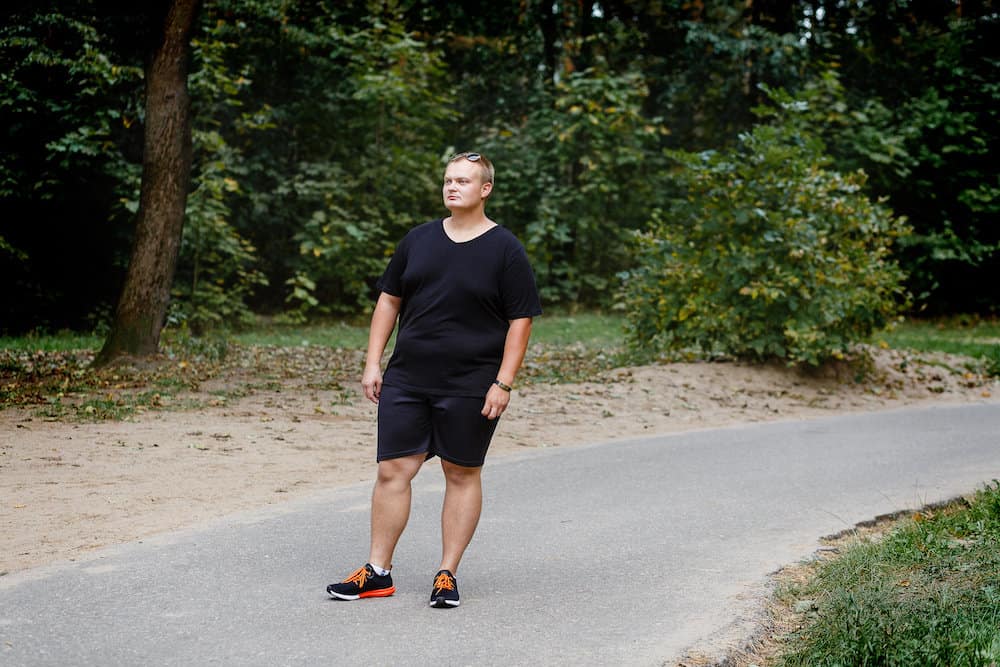

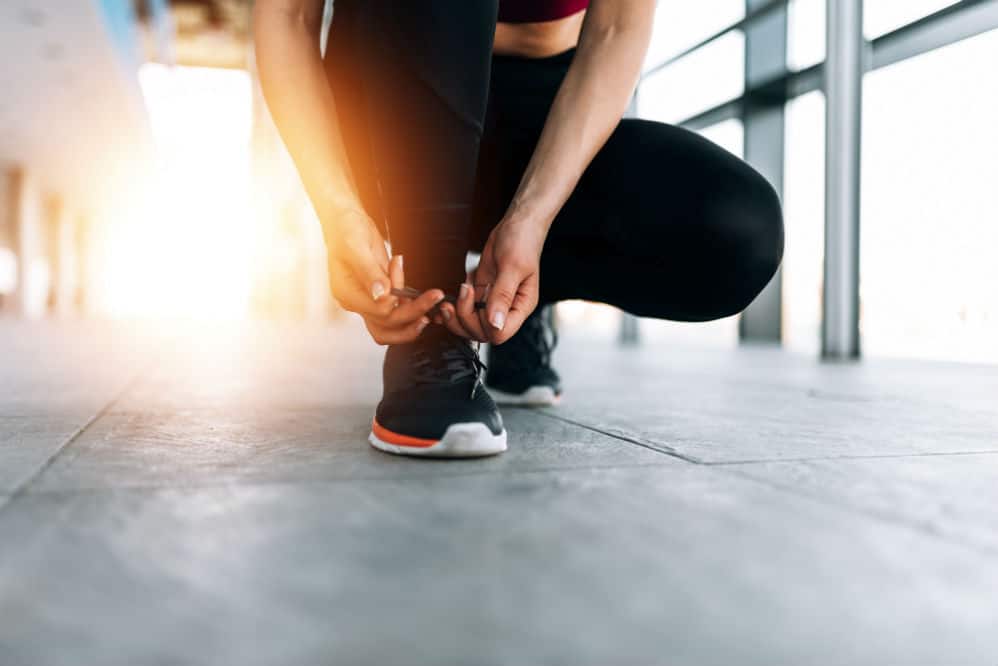

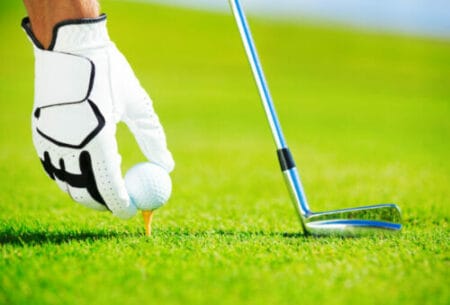




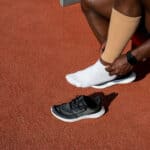

Thanks for the great tips and advice on getting a longer life out of running shoes. I really liked the idea of having at least 2 pairs and rotating them as I didn’t realise that shoes need time to decompress after being used. Would you suggest to get 2 pairs of the same shoes or can they be different? I just wondering if it is a good thing for your feet to use different shoes.
I’m looking forward to your response.
Hi, Lyn, and thank you.
Thank you for your kind words.
It is always good to have two pairs and rotate them if possible. But it is a good point you ask about.
It depends a lot on what you have in mind for the shoes and how you plan to use them.
What I have in mind is that if you want to run or walk a lot on trails, you will use them a lot there, so it makes a great sense to own two pairs of running shoes, as in most cases, there are no problems walking on a good trail.
I mention this because I always recommend thinking first about how you want to use shoes before you buy them.
If you run/walk, for example, three times a week, owning two pairs of shoes is a good idea. I do that myself, for example.
I own very good trail running shoes that are too good to walk in, and then I have other, more all-rounded, lightweight shoes.
Some people are worried about using trail running shoes for hiking, and they have pros and cons. Here is more info about that. I have been talking a lot about walking, so hiking is not so far from it that I believe you could be interested in it.
Don’t hesitate to contact me if you need anything else or have any questions.